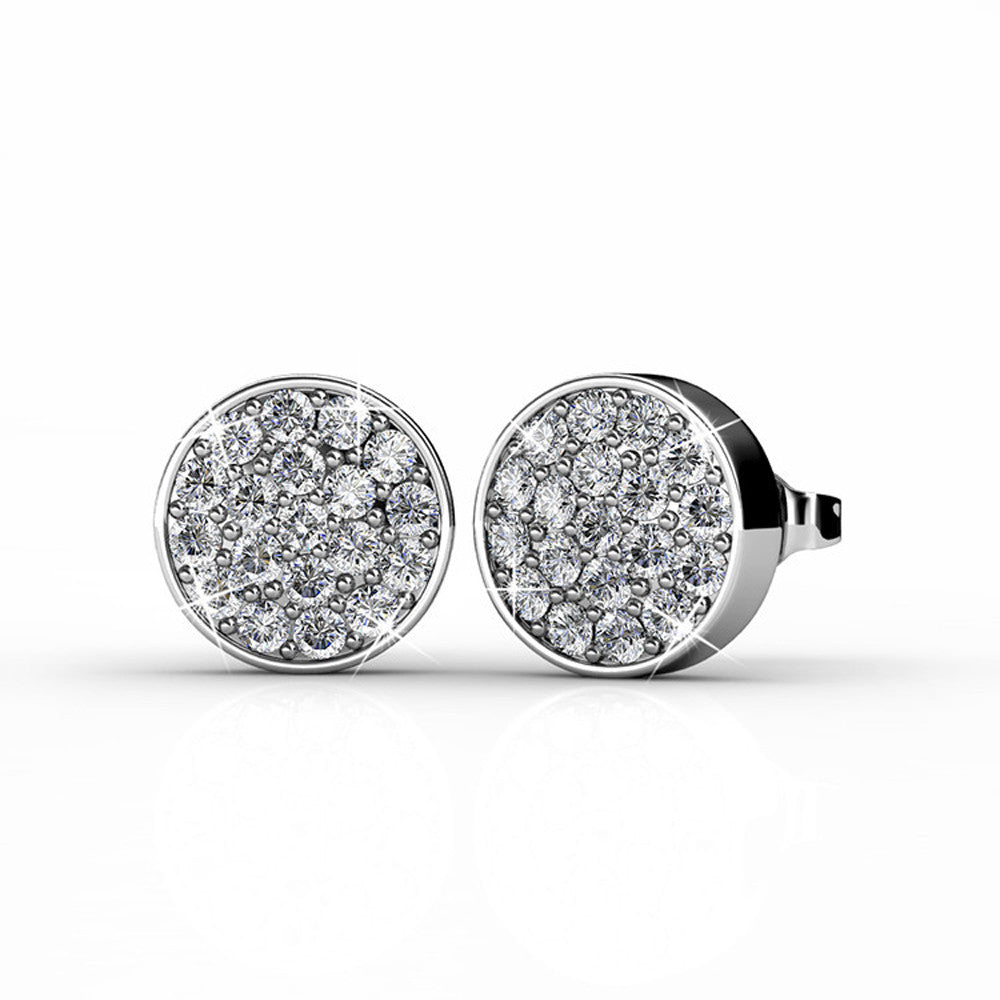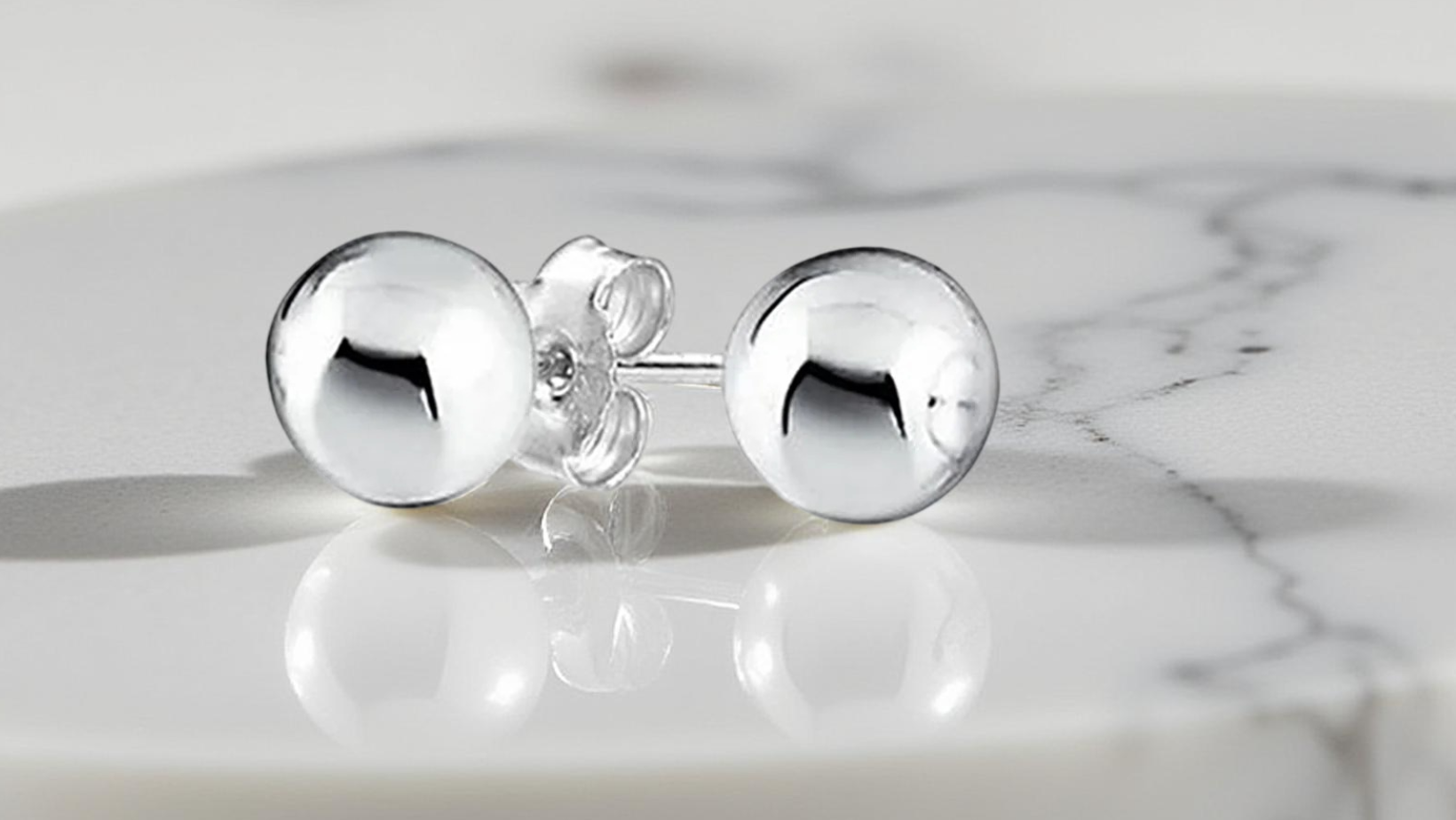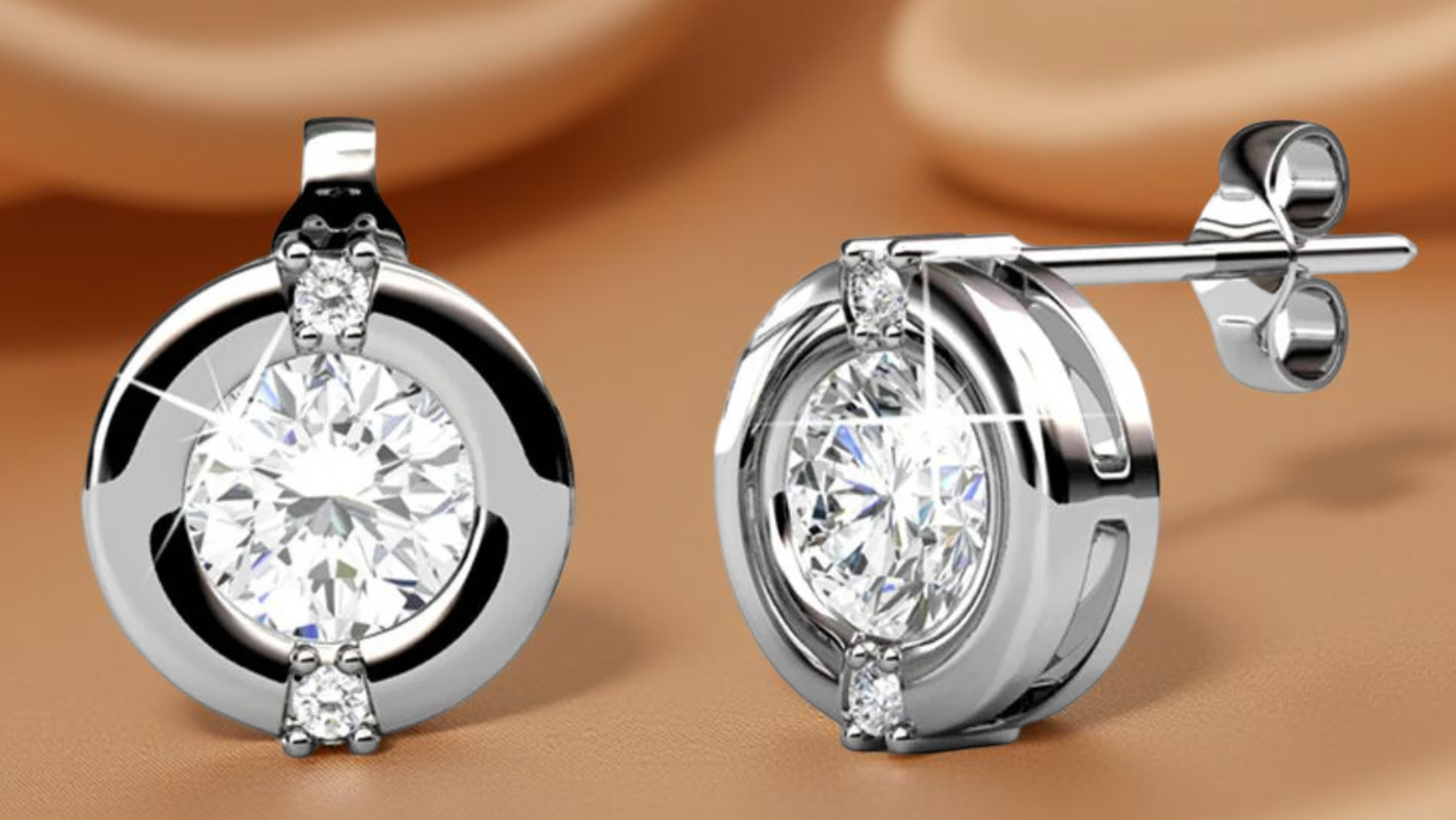White Gold vs. Yellow Gold: Understanding the Key Differences

Gold has captivated humanity for centuries, symbolizing wealth, prestige, and beauty. Within the realm of fine jewelry, two variants stand out: white gold and yellow gold. While both share the inherent allure of gold, they diverge in appearance, composition, and suitability for different styles.
In this exploration, we will delve into the nuances of white gold and yellow gold, unraveling their distinct characteristics to aid you in making an informed decision when selecting the perfect piece of jewelry.
Composition and Production:
White gold and yellow gold start with the same base material: pure gold. However, their distinct colors are achieved through different alloy compositions. Yellow gold is typically alloyed with metals like copper and zinc, giving it its signature warm hue. On the other hand, white gold is alloyed with white metals like nickel, palladium, or silver, and often plated with rhodium for a bright, silver-like finish.
Appearance and Color:
The most obvious difference between white gold and yellow gold is their color. Yellow gold has a rich, warm tone that exudes classic elegance and sophistication. In contrast, white gold has a cool, silvery hue that offers a contemporary and versatile look. The choice between white gold and yellow gold often comes down to personal preference and the desired aesthetic for the piece of jewelry.
Durability and Maintenance:
While both white gold and yellow gold are durable metals suitable for everyday wear, they do have distinct maintenance requirements. White gold jewelry is often coated with rhodium plating to enhance its whiteness and durability. Over time, this plating may wear off, requiring periodic re-plating to maintain its luster. Yellow gold, on the other hand, requires less maintenance, as its natural color does not fade or change over time.
Suitability for Jewelry Styles:
The choice between white gold and yellow gold can also depend on the style of jewelry being considered. White gold's sleek and modern appearance makes it a popular choice for contemporary designs, such as engagement rings with diamond settings or minimalist earrings. Yellow gold, with its traditional warmth and richness, is well-suited for classic styles like vintage-inspired rings, bold necklaces, and statement bracelets.

Price and Accessibility:
When comparing white gold and yellow gold, price can also be a factor to consider. Historically, yellow gold has been more widely available and less expensive than white gold due to differences in demand and production processes. However, fluctuations in market trends and metal prices can impact the relative affordability of each option.
In the vibrant world of jewelry, the choice between white gold and yellow gold offers a spectrum of possibilities, each imbued with its unique charm and character. Whether you are drawn to the classic warmth of yellow gold or the contemporary allure of white gold, understanding the differences between these precious metals enables you to express your individual style with confidence.
As you embark on your journey to find the perfect piece of jewelry, let your preferences guide you towards the gold that resonates with your personality, taste, and aesthetic vision.










Leave a comment